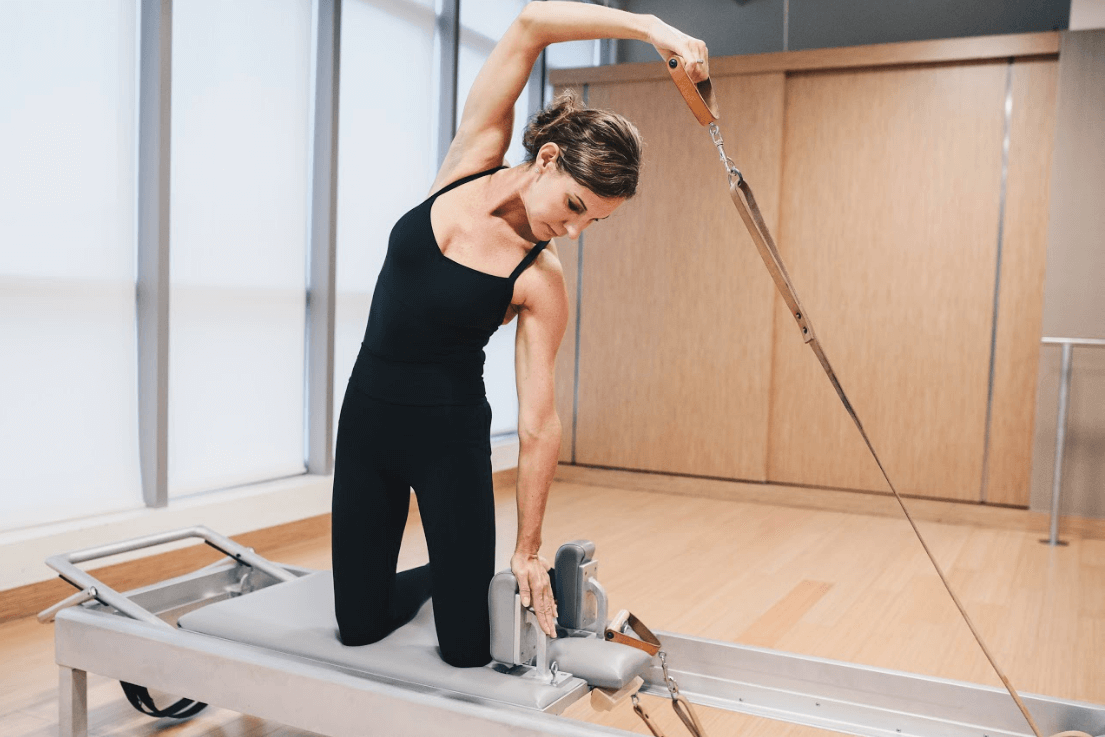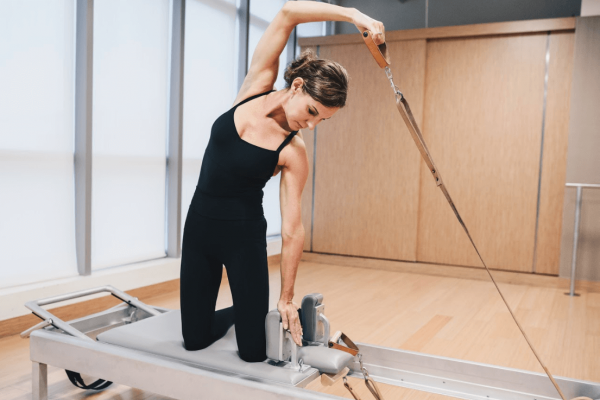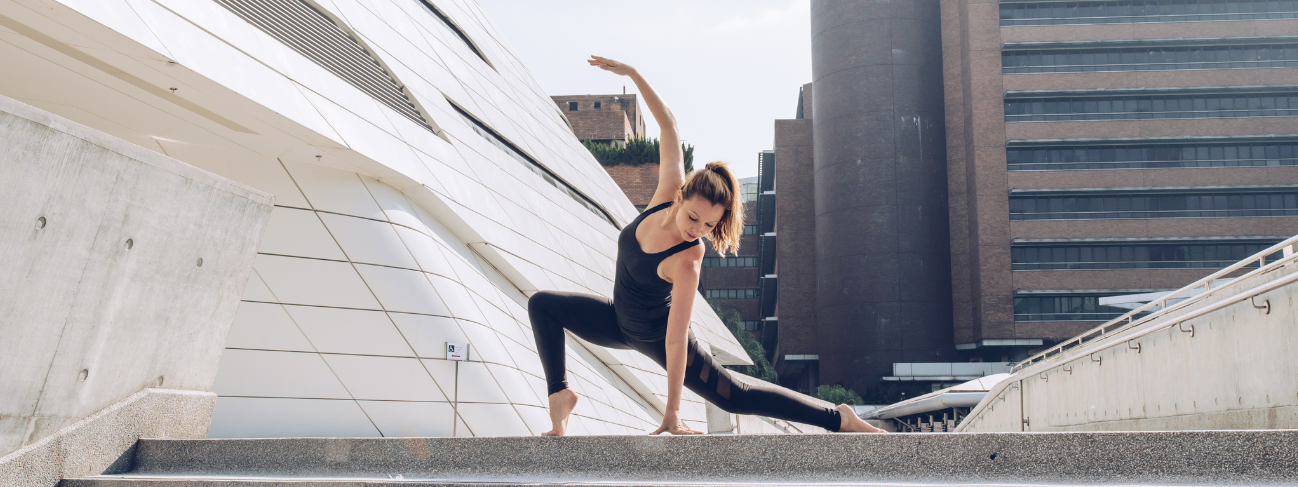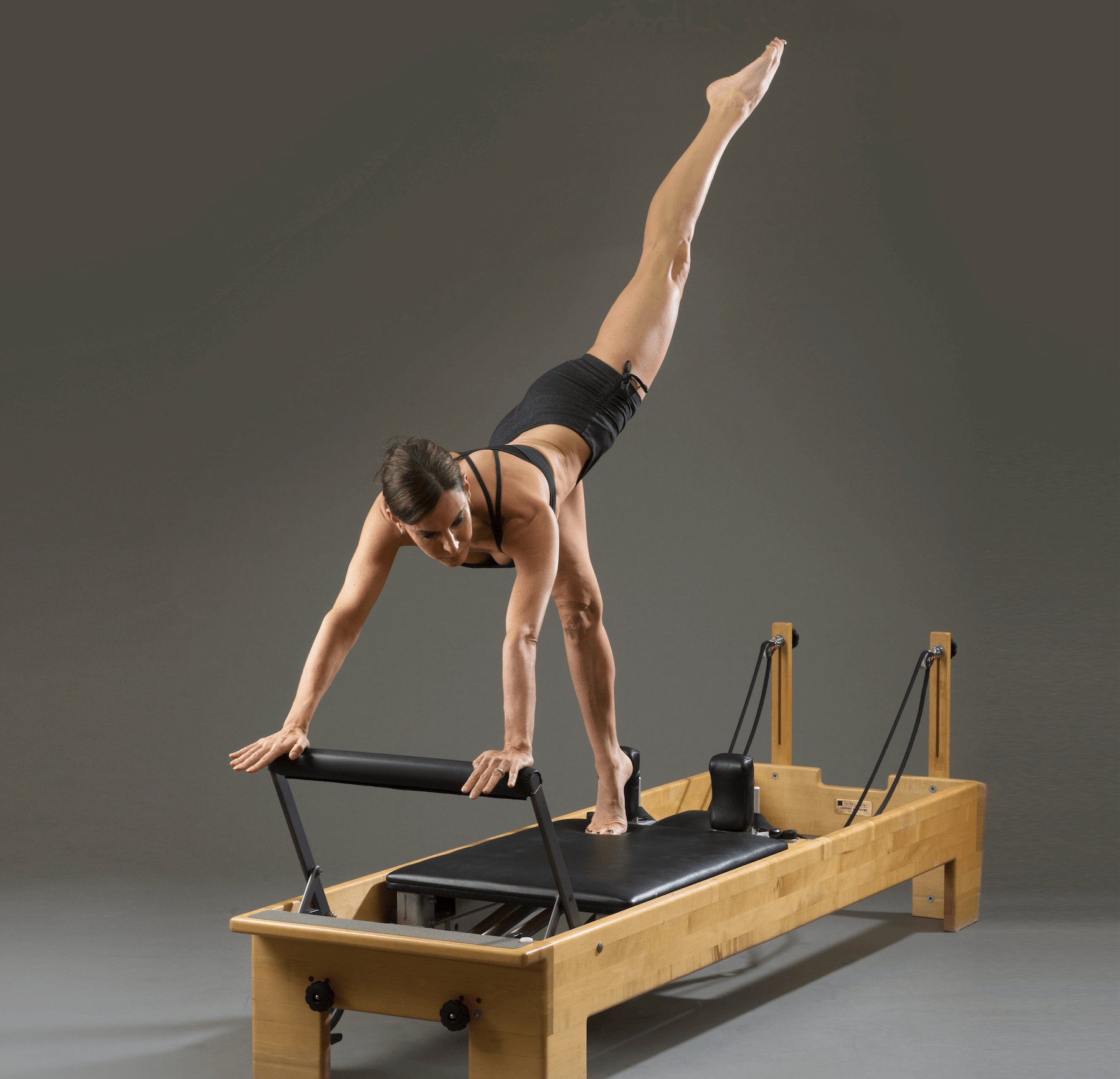
06 Jun Q&A: Heather Thomas Shalabi on Intelligent Movement

Director of FLEX Studio Heather Thomas Shalabi breaks down Intelligent Movement – the fastest route to reaching fitness goals
This article is the first installment of a 2-part series
Do you find yourself repeatedly falling short of your fitness goals? Do you find yourself struggling to hit a target you’ve set for yourself despite giving yourself a more-than-reasonable time frame? If you’ve answered yes to either of these questions, consider this: Have you ever stopped to think that you might have been approaching exercise the wrong way all this time?
This month’s interview with FLEX Studio’s Director and Co-founder Heather Thomas Shalabi might hold the answer to your predicament. In this Q&A, she talks about “Intelligent Movement” – the most energy efficient way to build and tone muscle.
Peak performance comes from intelligence — it’s about putting thought behind your physical training.
Piqued your interest? Let’s find out more about “Intelligent Movement” and how we might be able to integrate it into our fitness routine:
What exactly is Intelligent Movement?
Intelligent Movement is the new direction fitness has taken among athletes, coaches, trainers and high performers in the industry. They have basically realized that peak performance comes not only from rigorous application and physical dedication – but also intelligence. It must be a combination of all.
Is it a specific fitness discipline?
Not exactly. Rather, it’s an overall approach to one’s body.
You mean like a union of mind and body?
Yes, it’s about channeling one’s intellectual capacity into the body to achieve specific goals. That’s something that Pilates and yoga have always known and done, traditionally. However, any serious athlete will attest that superior physical performance in any sport requires extreme mental focus and a deep connection to the body.
So no more “checking out” while watching a movie on the elliptical?
If you want to practice Intelligent Movement, you should definitely put those days behind you!
People with Pilates training have an advantage here, because we already follow the six principles of “Centering, Concentration, Control, Precision, Breath, and Flow”. Concentration directly aligns with what IM is trying to achieve.
I know you can really get into the science of this, and that it’s a rabbit hole we could never come out of, but for the benefit of our readers, could you explain it?
I’ll try my best! It revolves around neural training, and how using the mind to direct the nervous system creates efficiency in muscular patterning.
As you might know, the nervous system is responsible for motor control. Strictly speaking, a muscle cannot be educated, or trained…
So muscle memory is not exactly what we thought it was!
It’s an easy-to-remember term that gives you a good idea of the concept without having to get into too much detail. In reality, only the nervous system is capable of being educated.
Tapping into previously established neural pathways, or “memories,” to direct motor control through focused concentration is what speeds performance, and elicits precisely controlled movements.
The more focused concentration one has on a specific movement pattern, the more likely we can increase the number and frequency of nerve impulses reaching the muscles required to perform a certain movement – which determines the strength of muscle contraction. This is critical for improving and rehabilitating movement patterns in the quickest amount of time.
To quote Mr. Pilates, “Concentrate on the correct movement each time you exercise, lest you do them improperly and lose all vital benefits.”

Where or when have you encountered “unintelligent” movement in your years of teaching?
Almost everyday at any studio or gym! Most people, especially when they start out, are not in tune with their bodies. They are usually unaware of inefficient movement patterns, or physical shortcomings that need to be worked on. Posture is a perfect example of this. Often, those new to Pilates aren’t aware of their spinal imbalances, lower extremity misalignments and such. They just know their neck hurts.
How can this be corrected?
Through the process of learning how to move correctly. Once guided by an instructor, people begin to visualize what they want their bodies to do, even if they’re not yet able to make their bodies cooperate accordingly. What’s important is that one begins to take a conscious approach to correcting these imbalances.
Through time, practice, and concentration, you – the practitioner – begin to train the body to change old habits, whether it’s an incorrect movement or faulty posture.
So you have to be constantly focusing on correcting yourself?
Not quite. The goal is to master control over the body, so that you don’t need to be continually thinking about sitting straight, or aligning the feet, for example. You want the body to ultimately change its pattern and adopt these new practices subconsciously.
The objective of intelligent movement is natural, spontaneous movement correctly utilizing the body’s potential. You transform intention into action, until the right way becomes your automatic way of doing things.
Did you enjoy this month’s Q&A with Heather? Stay tuned for next month’s installment of the Intelligent Movement Series, in which Heather discusses using the mind’s power to profoundly affect they way we use our bodies.



